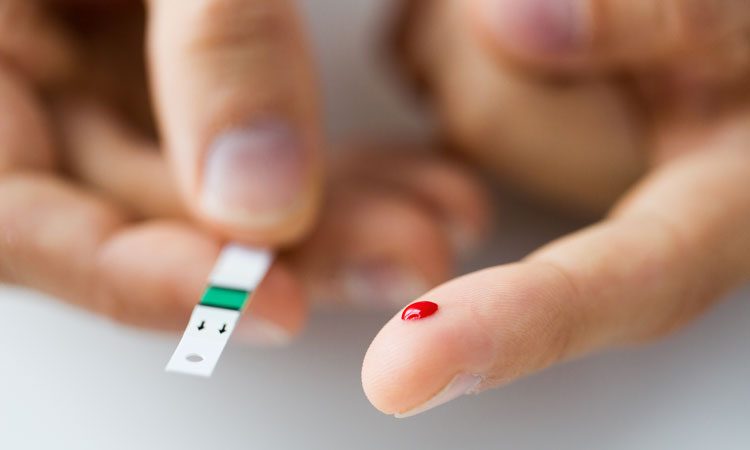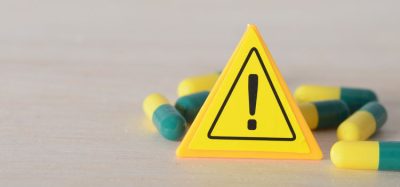First non-injectable treatment for severe hypoglycaemia recommended
Posted: 20 October 2019 | Rachael Harper (European Pharmaceutical Review) | No comments yet
Marketing authorisation in the EU for Baqsimi, the first non-injectable treatment for very low levels of blood sugar, has been recommended by an EMA committee.


Marketing authorisation in the European Union for Baqsimi (glucagon) has been recommended by EMA’s human medicines committee (CHMP). This is for the first treatment for severe hypoglycaemia (low blood sugar levels) that can be administered without an injection to patients with diabetes aged four years and older.
The opinion adopted by the CHMP is an intermediary step on Baqsimi’s path to patient access. The opinion will now be sent to the European Commission for the adoption of a decision on an EU-wide marketing authorisation.
Injectable glucagon is currently the only treatment option for extremely low levels of blood sugar outside of a hospital or emergency medical setting. Its use often requires training as it has to be prepared in several steps before it can be administered to the patient by either subcutaneous or intramuscular injection.
The treatment provides a novel pharmaceutical formulation of glucagon. The medicine comes in a single-use dispenser which is ready to use and can be administered through the nose. Patients do not need to inhale or breathe deeply after dosing, enabling drug delivery even in unconscious patients.
Patients do not need to inhale or breathe deeply after dosing, enabling drug delivery even in unconscious patients
Two studies of 83 and 70 adults with diabetes and insulin-induced hypoglycaemia evaluated the efficacy and safety of Baqsimi, which adequately increased blood sugar levels within 30 minutes of administration and demonstrated to be as efficient and safe as injected glucagon.
The CHMP recommended additional risk minimisation measures to minimise and prevent a potential risk of inappropriate use of the device. These include a demonstration kit with a training device, an administration leaflet and an instructional video.
Once the marketing authorisation has been granted for the treatment, decisions about price and reimbursement will take place at the level of each Member State, taking into account the potential role/use of the medicine in the context of the national health system of that country.
Related topics
Drug Delivery Systems, Drug Markets, Drug Safety, Regulation & Legislation, Research & Development (R&D), Single Use









